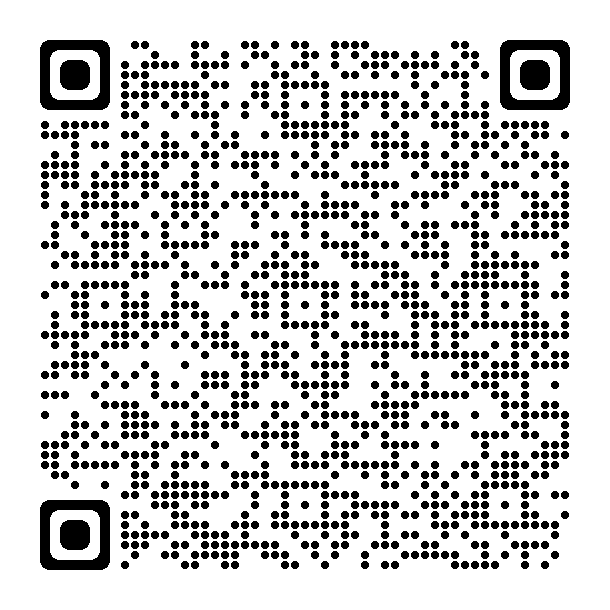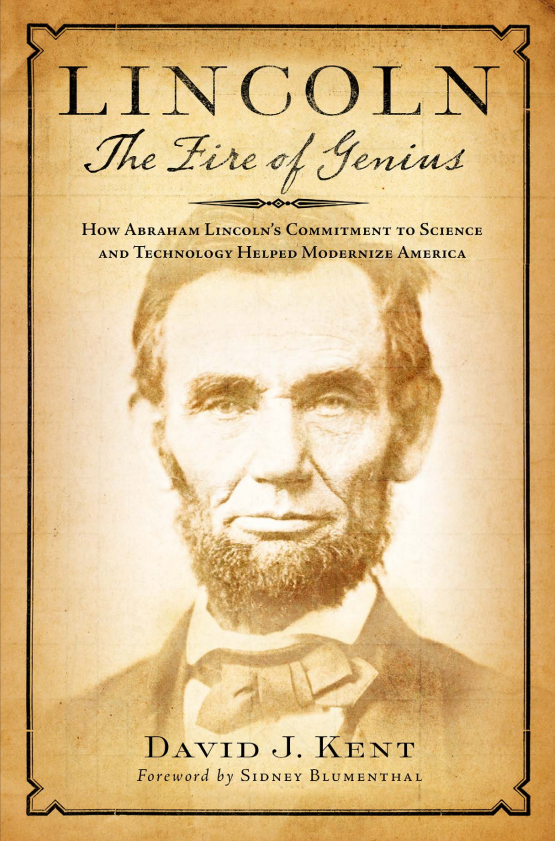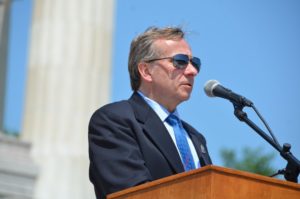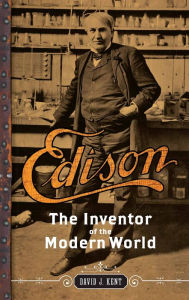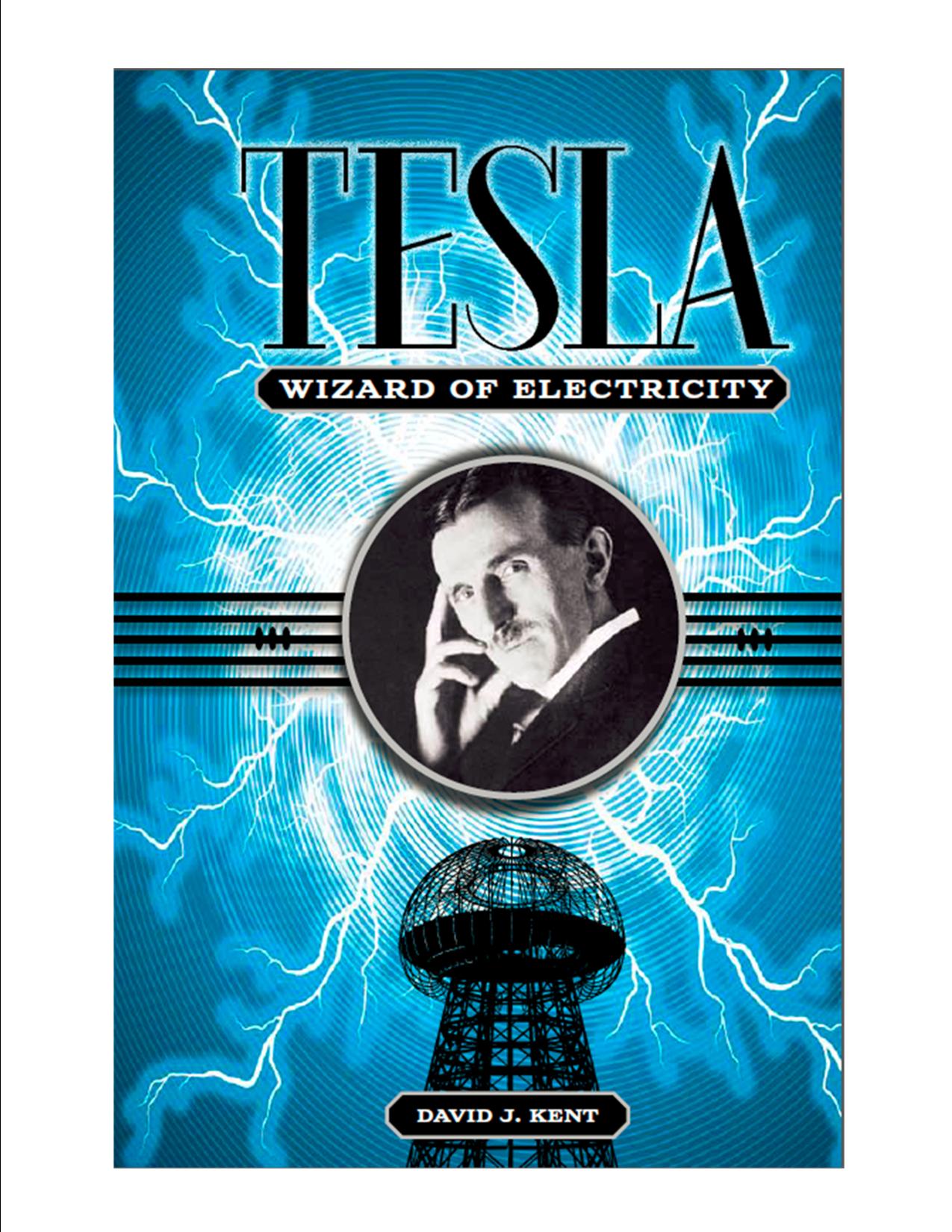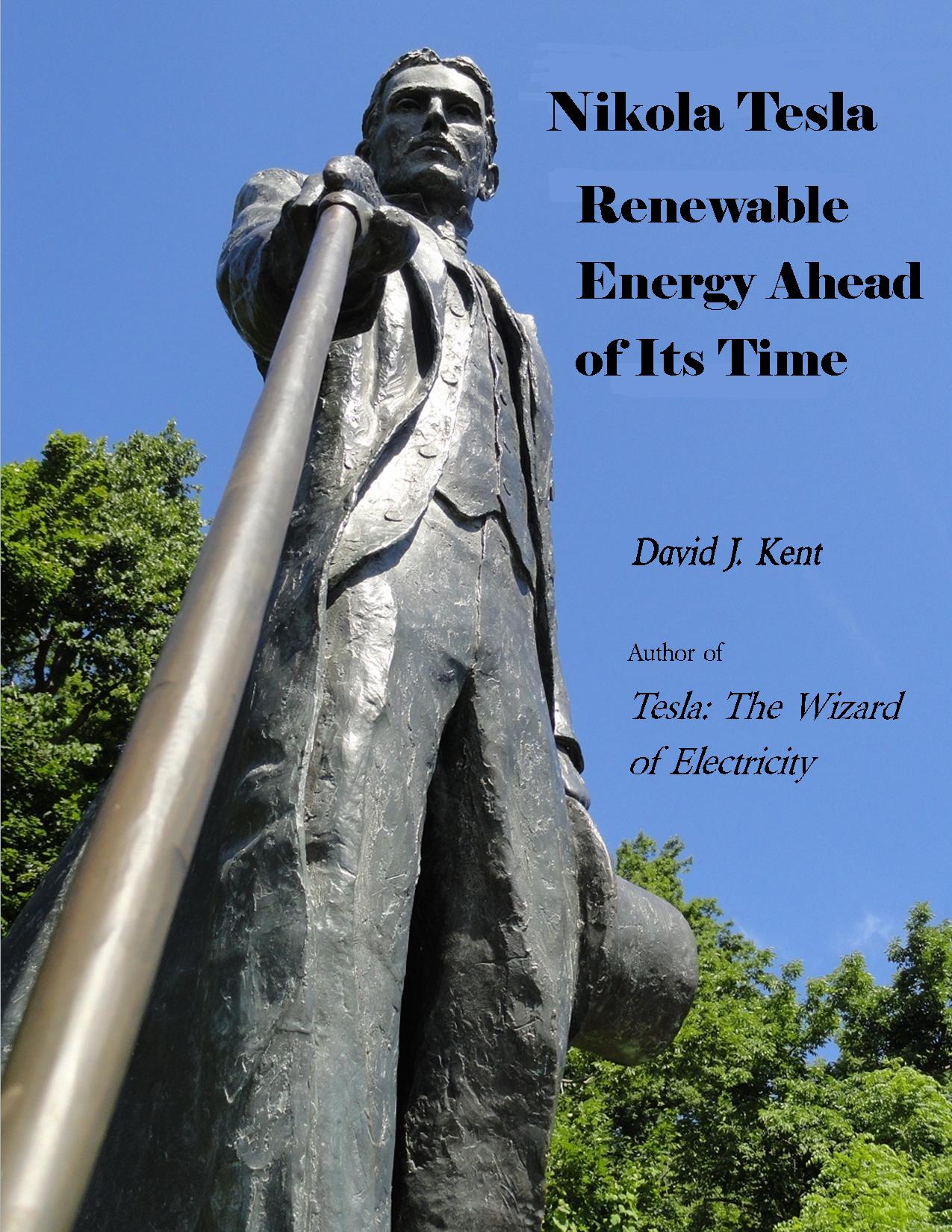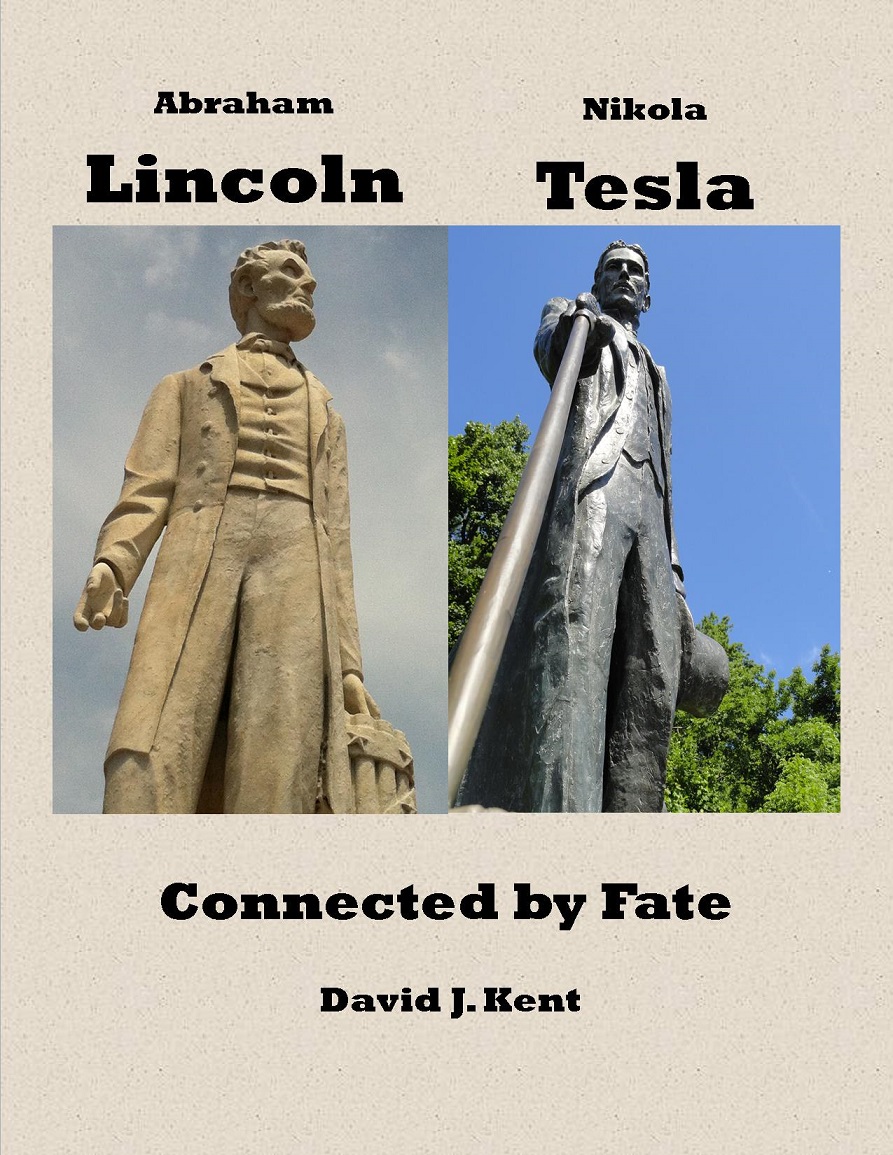I’m currently in the middle of a road trip sandwich. Off to the big apple today (perhaps a pastrami on rye at Katz’s Deli) and not long returned from a trip down the road to Tennessee and environs (where I had pulled pork on a bun). I’ll come back with some details and more photos later, but for now here’s a quick preview of the Tennessee road trip that included two National Parks, two Aquariums, two sets of caves, two days at SETAC, and too many times in and out of Tennessee.
Conceptually, the trip was planned as a multi-day drive down through the Shenandoah’s, the Blue Ridge, and into the Great Smoky Mountains. The first part started off with good weather, but by the time we reached the Blue Ridge Parkway the meaning of “Great Smoky” came clearly into view. By which I mean to say that there was no “clearly”…and no “view.”
Backing up a bit we first stopped at the Natural Bridge just north of Roanoke, Virginia. The Bridge is a rather cool natural rock archway that most people drive over without ever noticing the valley below. Since this is a preview I’ll give you the long view for now. In a later post I’ll revisit to talk about the surveyor – some guy named George Washington – leaving his initials in the rock face.

As I mentioned, the Smoky Mountains gave us a good example of why they are called the Great Smoky Mountains. I did get a chance to hike the Appalachian Trail for the third or fourth time. Granted it was a very small part of the Trail, but the Trail nonetheless.
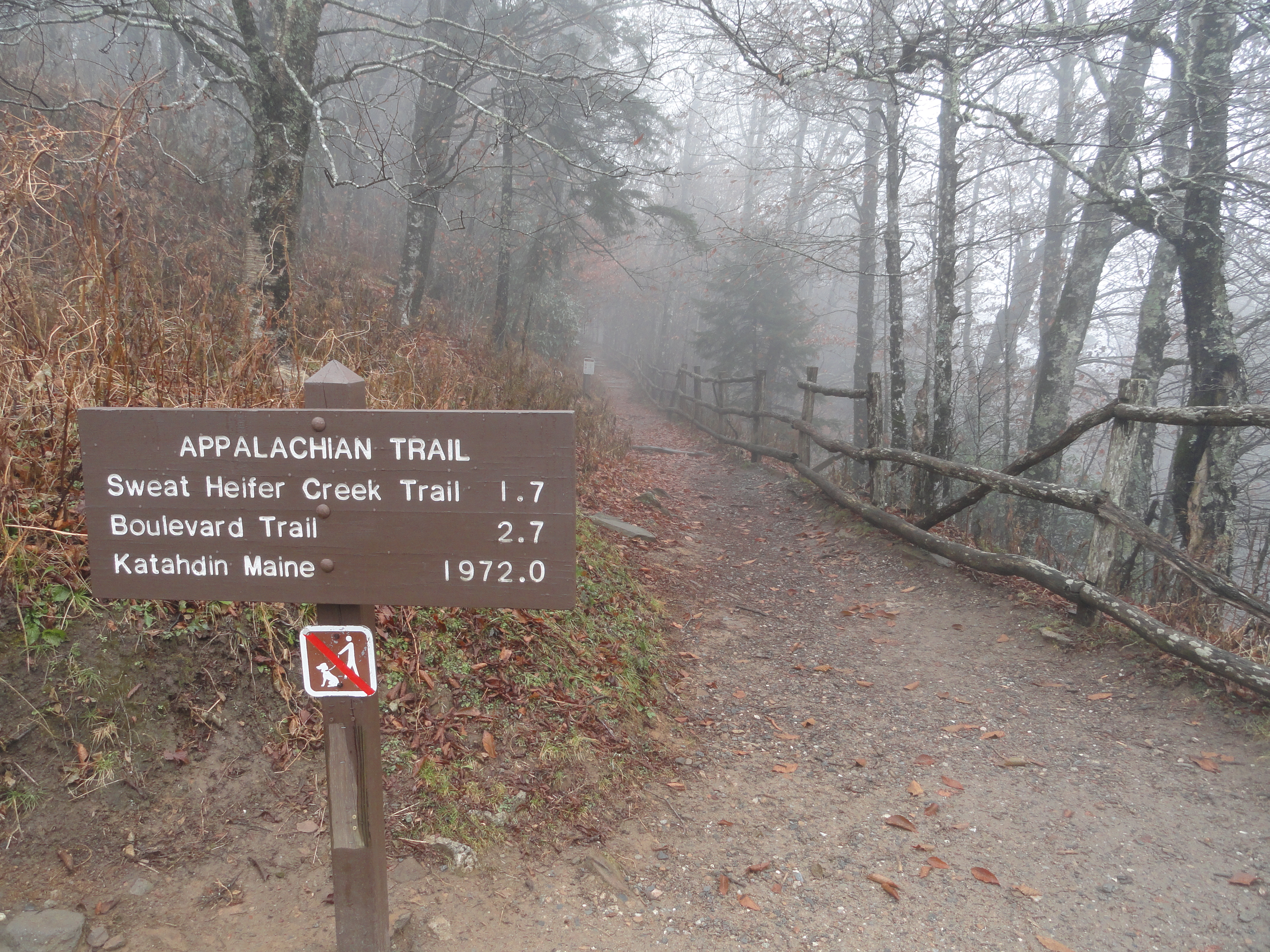
A night in Gatlinburg proved more interesting than expected. The fact that there is an aquarium in the mountains of Tennessee is odd enough, but the fact that it was a Ripley’s aquarium gives a hint of what you can expect in the town. The aquarium turned out to be wonderful, but it looked like Ripley’s (of Believe it or Not! fame) had turned the main street into a bizarre entertainment strip. We’ll come back to that later.

Let’s see, Tennessee borders on Kentucky, right? So the natural next step was to drive all the way through the state to Cave City, KY for the world famous Mammoth Caves. At 390 miles of tunnels (and still counting), Mammoth is the longest cave system in the world.
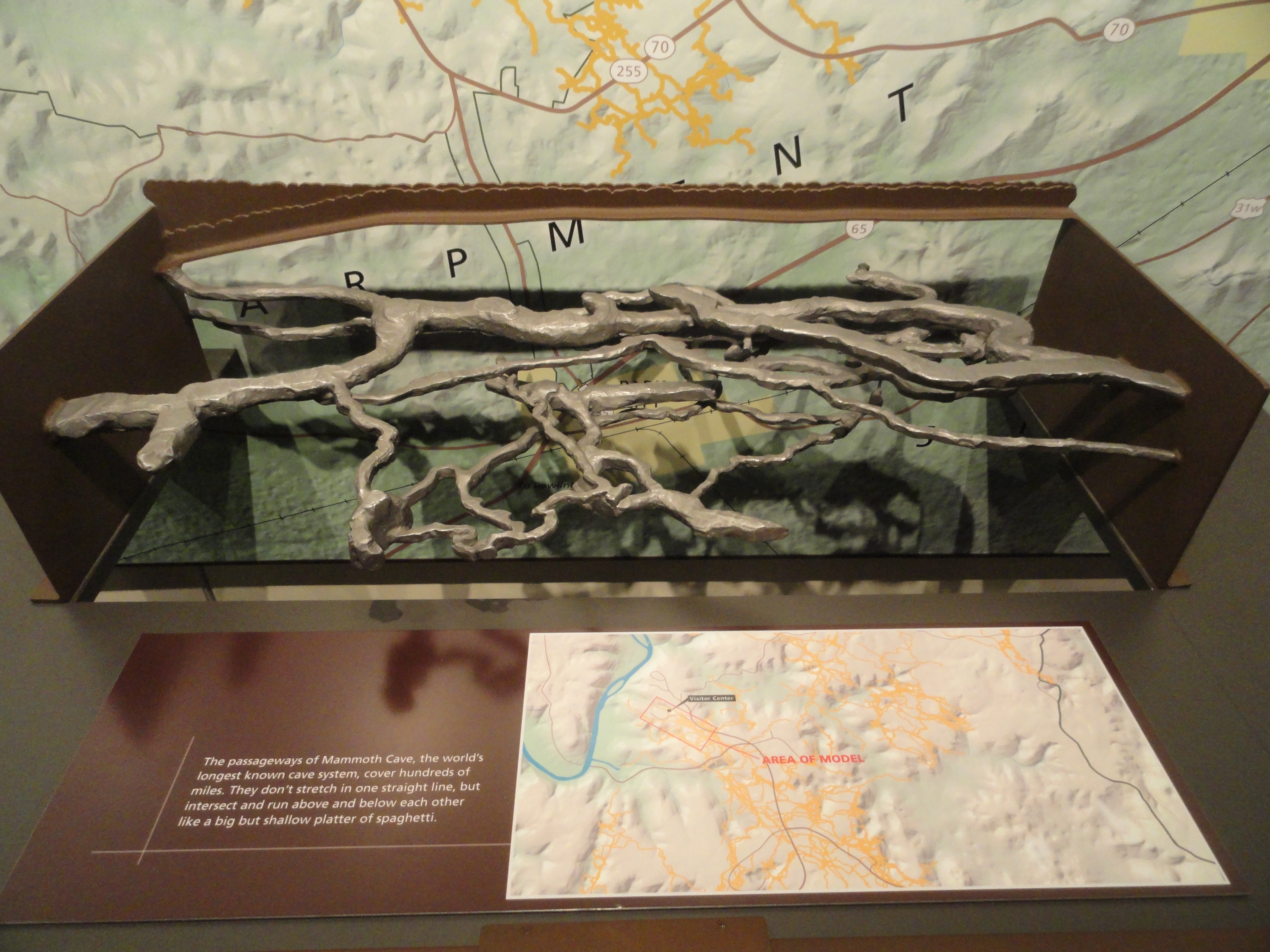
Back to Tennessee. After all, the impetus for the trip was to attend the annual SETAC meeting in Nashville. I spent most of the three days there chatting with other attendees; even sold nearly a dozen books. Alas, that time went fast and we were off to Huntsville, Alabama, home to a large Apollo-era space center.
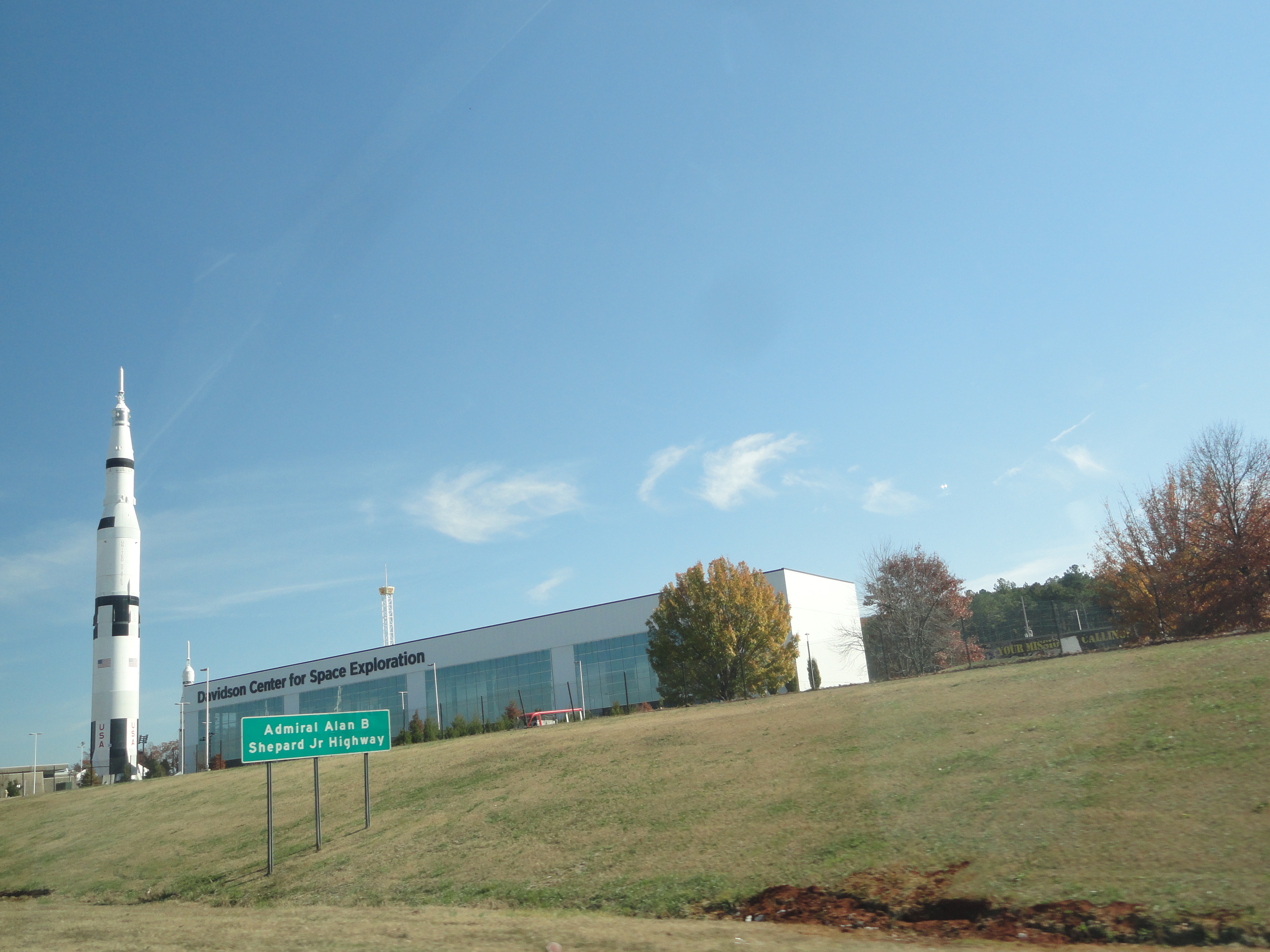
Seeing a Saturn V rocket next to the highway brought me back to the old days when I kept a scrapbook of the Apollo missions. But even more thought-provoking is the realization that the rocket is 363 feet tall, 33 feet in diameter, and has 3 stages – all numbers divisible by 3. Nikola Tesla would have loved it!
Back to Tennessee. And yes, about this time we saw yet another sign welcoming us back to the Volunteer state as the road trip took us from VA to TN to NC to TN to KY to TN to AL to TN to VA. Since I had been in Memphis years ago I think I now have Tennessee fully covered. In any case, this leg took us to Chattanooga for, you guessed it, yet another major aquarium. But here we also did some Civil War-era sightseeing. First, up the cliffs to the top of Lookout Mountain, center of a famous Civil War battle.
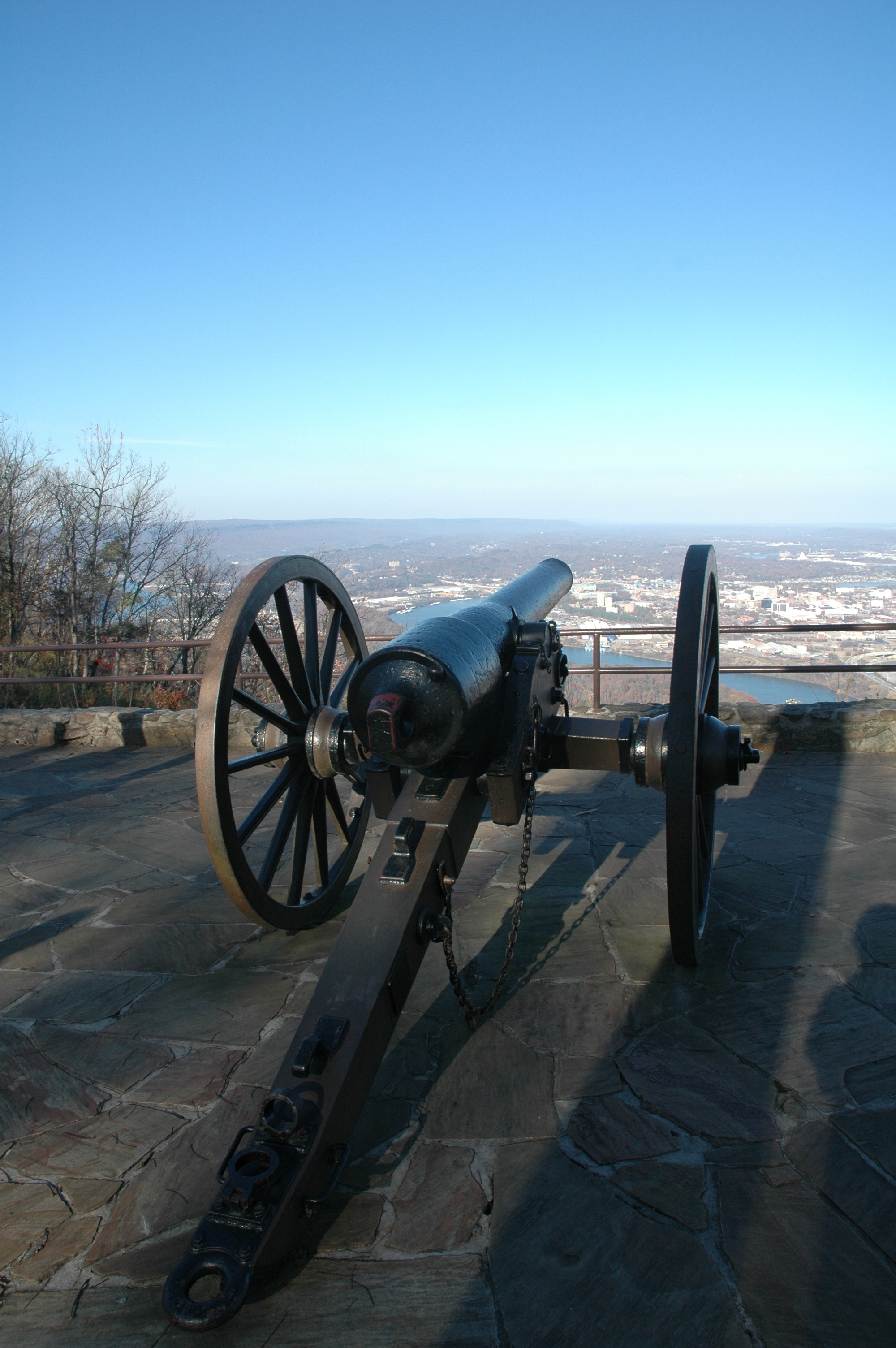
Then back down about half way to Ruby Falls, a 145-foot tall waterfall that is completely underground. Not only do you take an elevator down nearly 300 feet, but as you walk the half mile through the caves the mountain rises above you so that the Falls are nearly 1200 feet below the surface. For now, here’s the above-ground to whet your appetite.
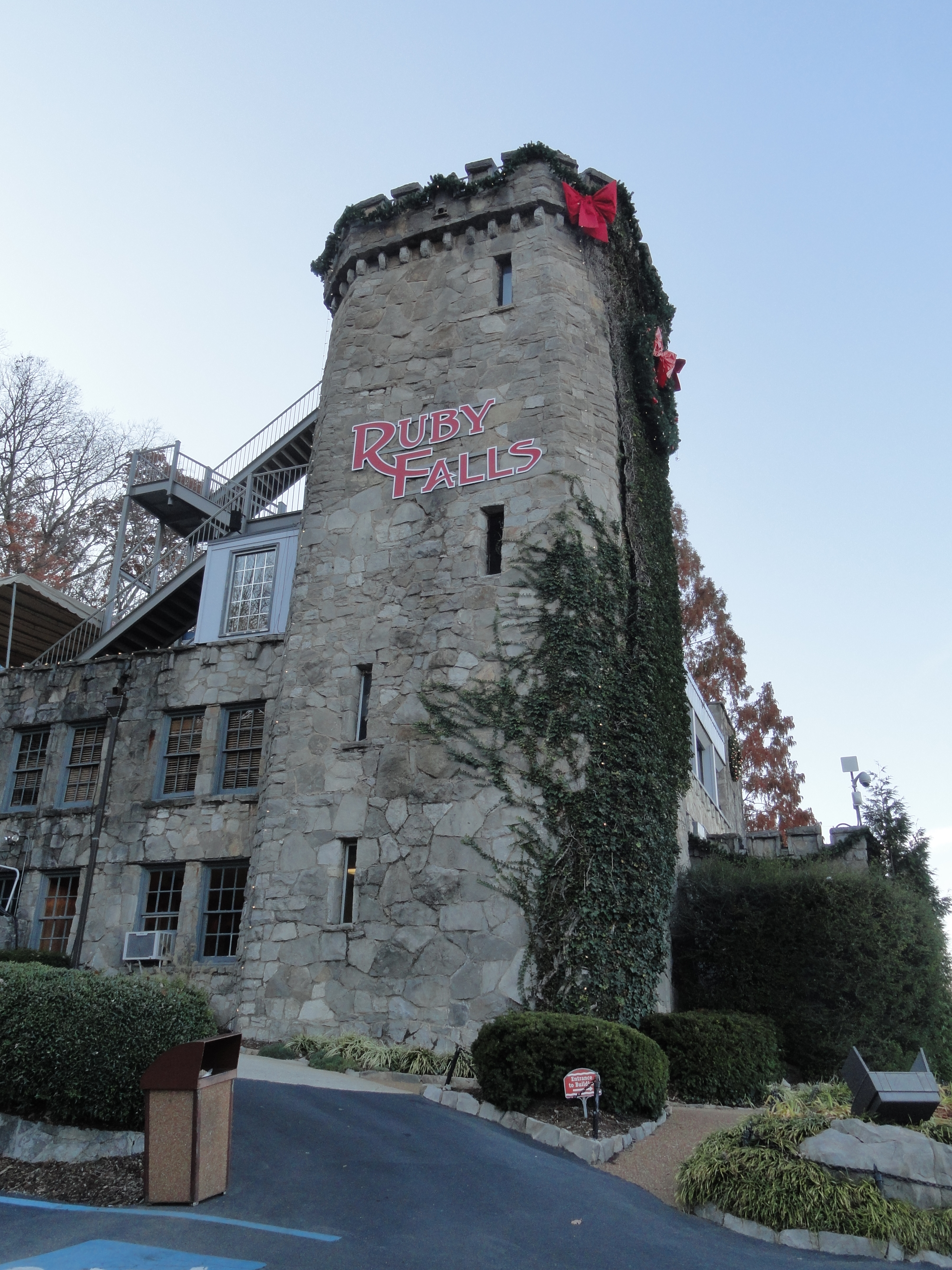
That’s enough for now. I’ll do future posts on the major stops and include some of the amazing photos. You won’t want to miss the Ruby Falls photo! [Or the interesting solar power angle]
Hey, is that Ashanti at the Rockefeller Center Christmas Tree lighting? Cool.
David J. Kent is the author of Tesla: The Wizard of Electricity. You can order a signed copy directly from me, download the ebook at barnesandnoble.com, and find hard copies exclusively at Barnes and Noble bookstores.
Follow me by subscribing by email on the home page. And feel free to “Like” my Facebook author’s page and connect on LinkedIn. Share with your friends using the buttons below.



 November 30th is the birthday of Mark Twain, the nom de plume of Samuel Langhorne Clemens. Known for his wit and books featuring unforgettable characters such as Tom Sawyer, Huckleberry Finn, and the “Celebrated Jumping Frog of Calaveras County,” Mark Twain was also a good friend of Nikola Tesla. So good that Tesla decided to have a little fun with him one day in his laboratory.
November 30th is the birthday of Mark Twain, the nom de plume of Samuel Langhorne Clemens. Known for his wit and books featuring unforgettable characters such as Tom Sawyer, Huckleberry Finn, and the “Celebrated Jumping Frog of Calaveras County,” Mark Twain was also a good friend of Nikola Tesla. So good that Tesla decided to have a little fun with him one day in his laboratory.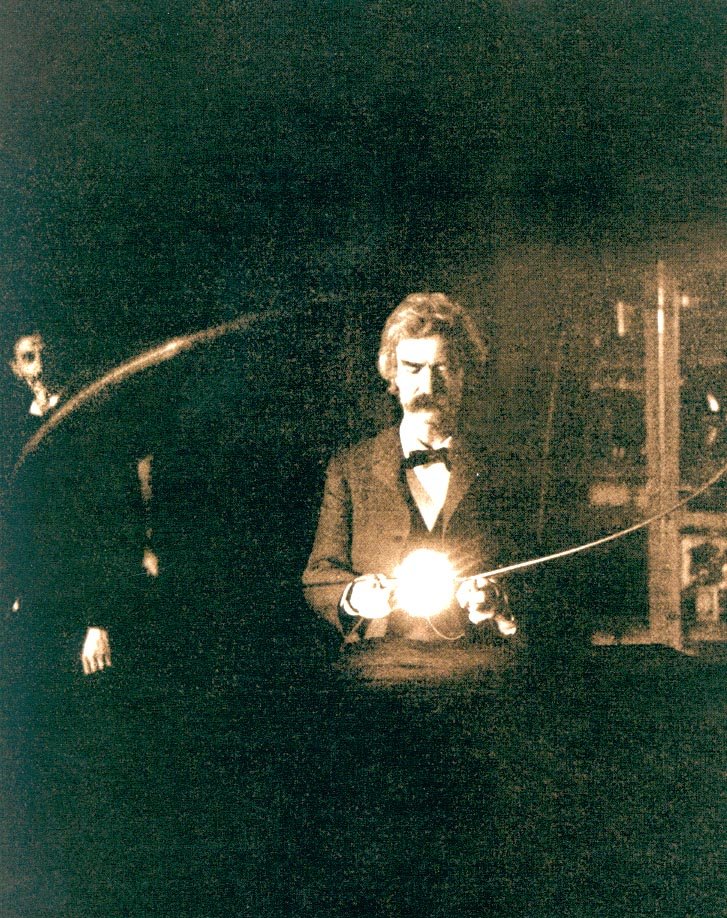
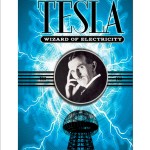 I’ve been incredibly thankful to everyone who has helped make Tesla: The Wizard of Electricity a success. And now there are even more thanks deserved. Yesterday my editor at
I’ve been incredibly thankful to everyone who has helped make Tesla: The Wizard of Electricity a success. And now there are even more thanks deserved. Yesterday my editor at 
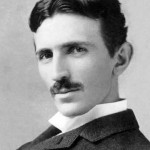 Nikola Tesla is one of the coolest inventors that ever lived. And now there is an even cooler way to learn more about him – augmented reality.
Nikola Tesla is one of the coolest inventors that ever lived. And now there is an even cooler way to learn more about him – augmented reality.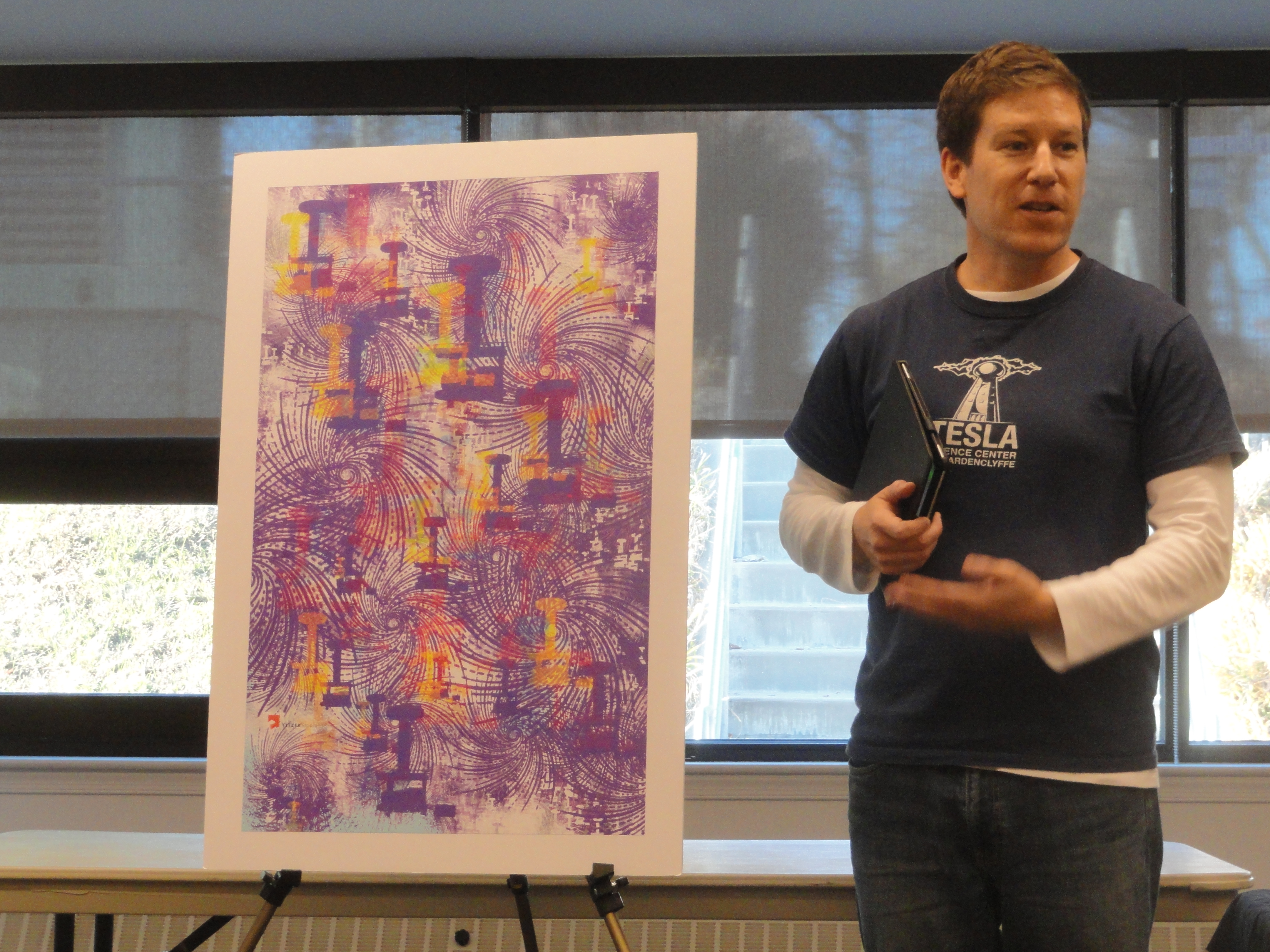
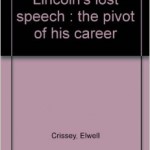 Abraham Lincoln once gave a speech that was so awe-inspiring that all the reporters there forgot to write it down. Sounds implausible, right? Ah, but it’s actually true. Elwell Crissey takes us back to May 29, 1856 with “Lincoln’s Lost Speech: The Pivot of His Career.” And despite the little problem of not having a record of the actual speech, Crissey does a great job enlivening the whole event surrounding its presentation.
Abraham Lincoln once gave a speech that was so awe-inspiring that all the reporters there forgot to write it down. Sounds implausible, right? Ah, but it’s actually true. Elwell Crissey takes us back to May 29, 1856 with “Lincoln’s Lost Speech: The Pivot of His Career.” And despite the little problem of not having a record of the actual speech, Crissey does a great job enlivening the whole event surrounding its presentation.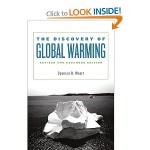 Spencer Weart takes us on a journey into the past. In The Discovery of Global Warming, Weart provides a history of the science that has now come to be known as Anthropomorphic Global Warming (AGW), or more simply, man-made climate change. And in doing so he demonstrates just how robust and voluminous is the scientific case for human induced climate change.
Spencer Weart takes us on a journey into the past. In The Discovery of Global Warming, Weart provides a history of the science that has now come to be known as Anthropomorphic Global Warming (AGW), or more simply, man-made climate change. And in doing so he demonstrates just how robust and voluminous is the scientific case for human induced climate change.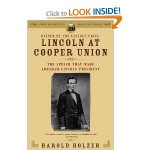 One would think the book’s subtitle “The speech that made Abraham Lincoln President,” would set up an unattainable expectation of greatness. After all, how could a book hold a candle to a great speech? Or perhaps the speech wasn’t so great after all and the author merely wanted to sell more books. And yet, I was wonderfully surprised to see that this really was an exceptional book about an exceptional speech.
One would think the book’s subtitle “The speech that made Abraham Lincoln President,” would set up an unattainable expectation of greatness. After all, how could a book hold a candle to a great speech? Or perhaps the speech wasn’t so great after all and the author merely wanted to sell more books. And yet, I was wonderfully surprised to see that this really was an exceptional book about an exceptional speech.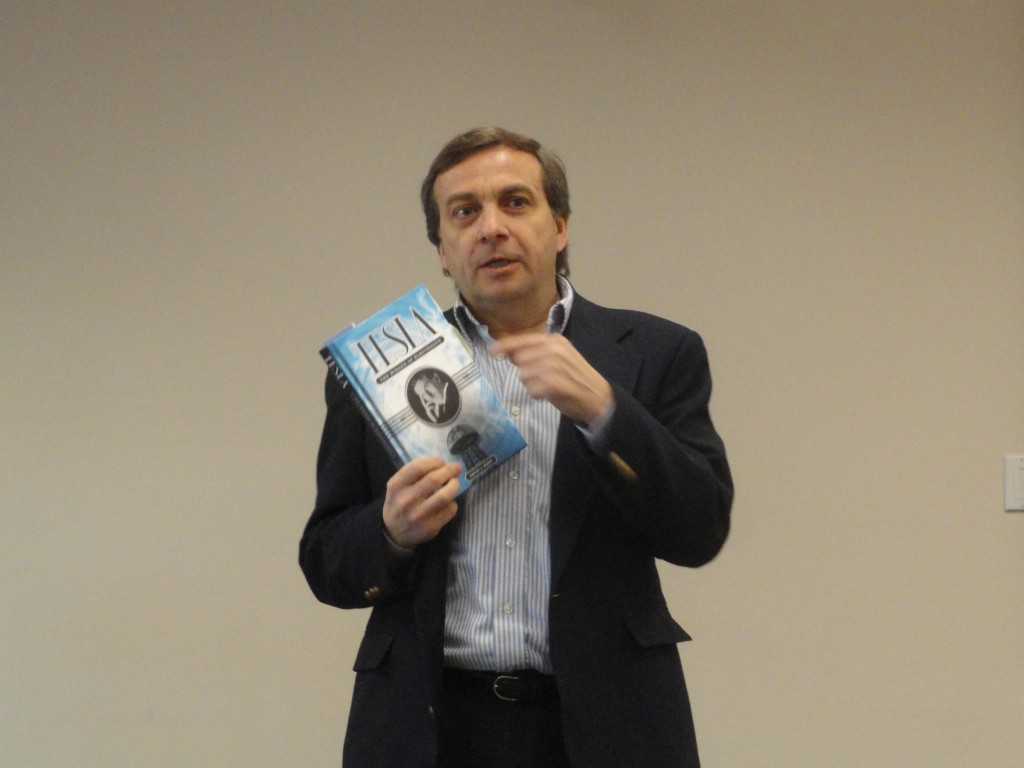
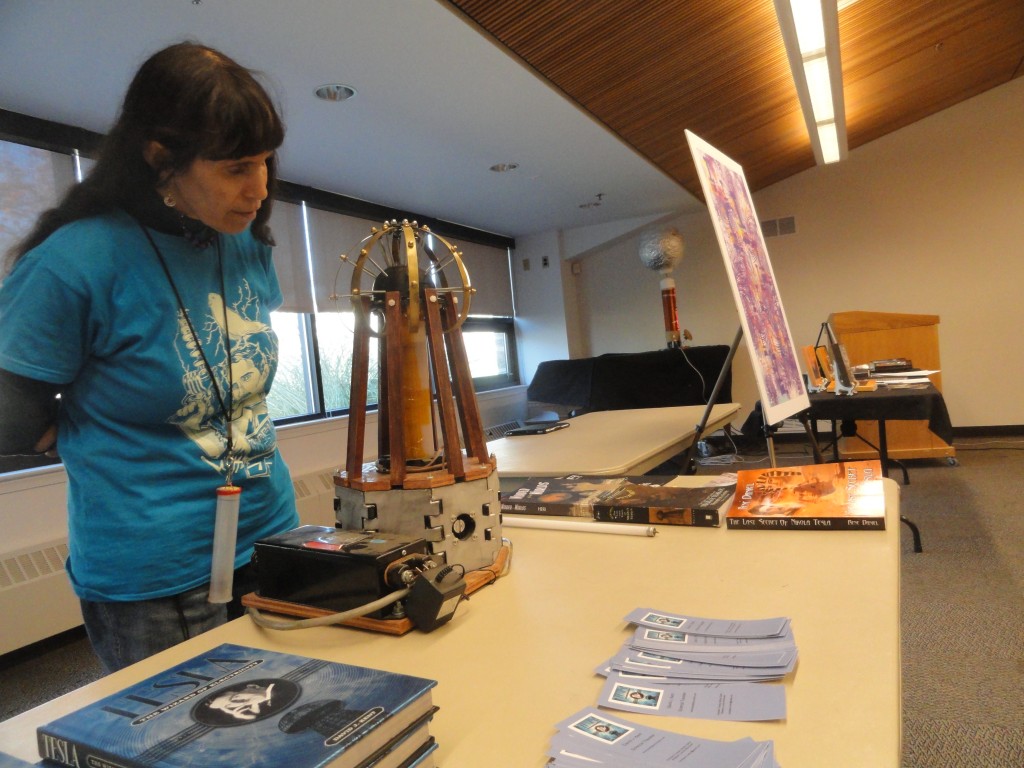
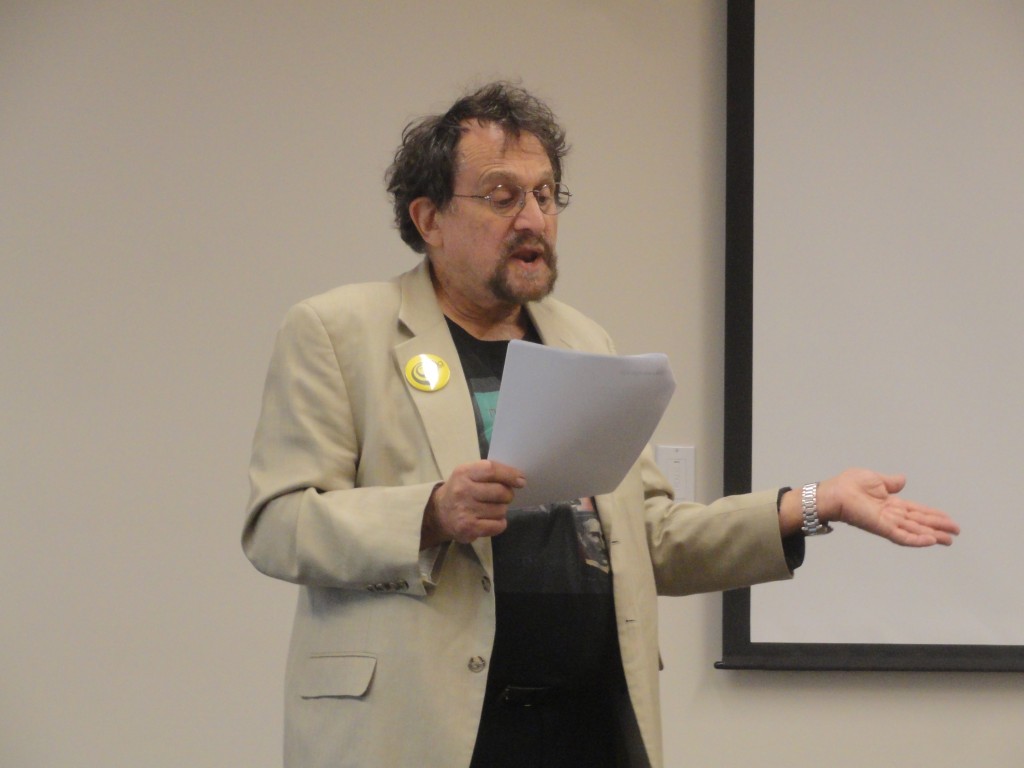
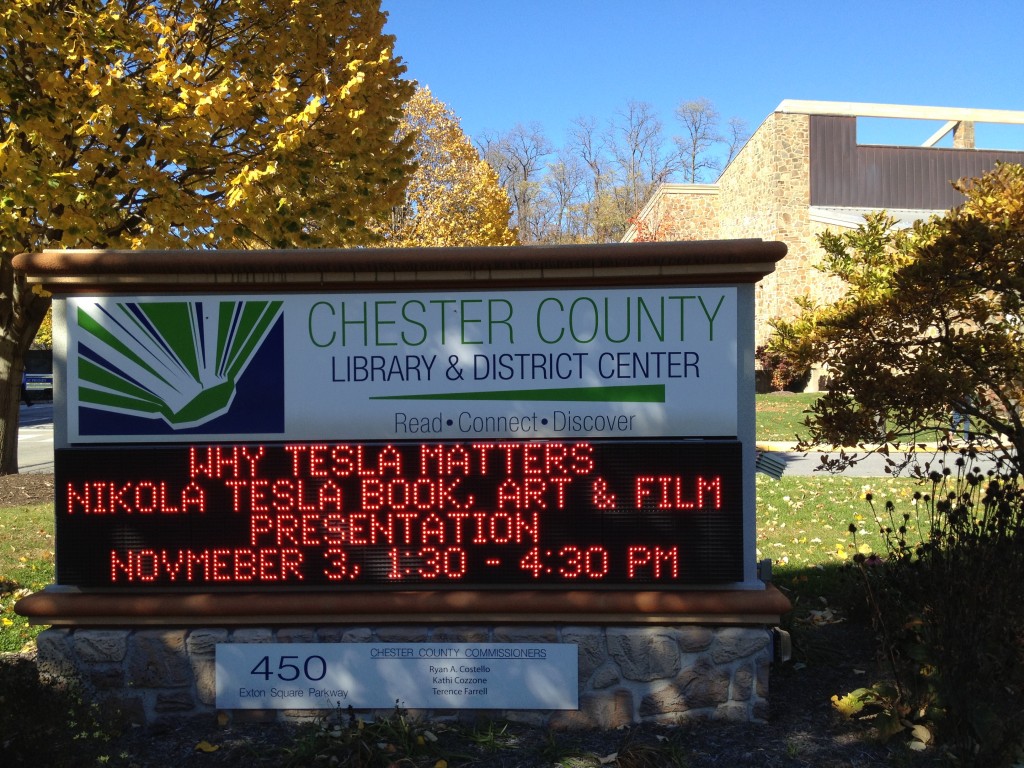
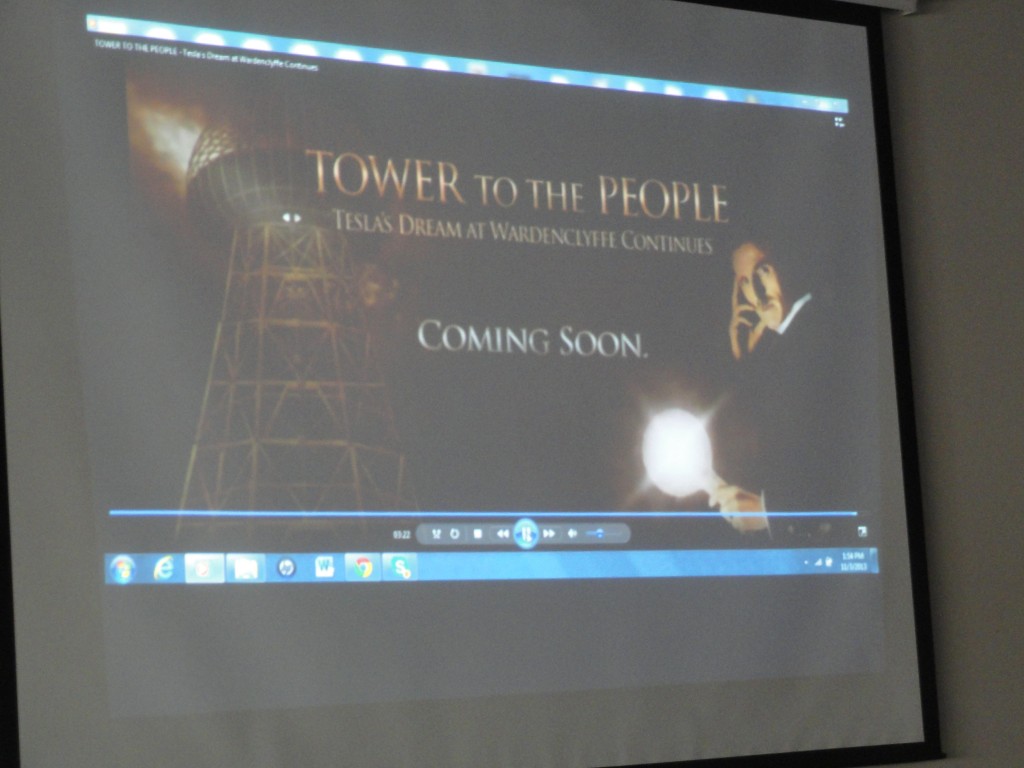
 Vote Lincoln! The Presidential Campaign Biography of Abraham Lincoln is a 2010 annotated version of the first full biography of Abraham Lincoln published in 1860. Ostensibly written by John Locke Scripps, publisher of what would become the Chicago Tribune, much of the text was actually ghost written by Abraham Lincoln himself. Intended as a campaign biography, the book provides a revealing look at how Lincoln viewed his own life to that point.
Vote Lincoln! The Presidential Campaign Biography of Abraham Lincoln is a 2010 annotated version of the first full biography of Abraham Lincoln published in 1860. Ostensibly written by John Locke Scripps, publisher of what would become the Chicago Tribune, much of the text was actually ghost written by Abraham Lincoln himself. Intended as a campaign biography, the book provides a revealing look at how Lincoln viewed his own life to that point.